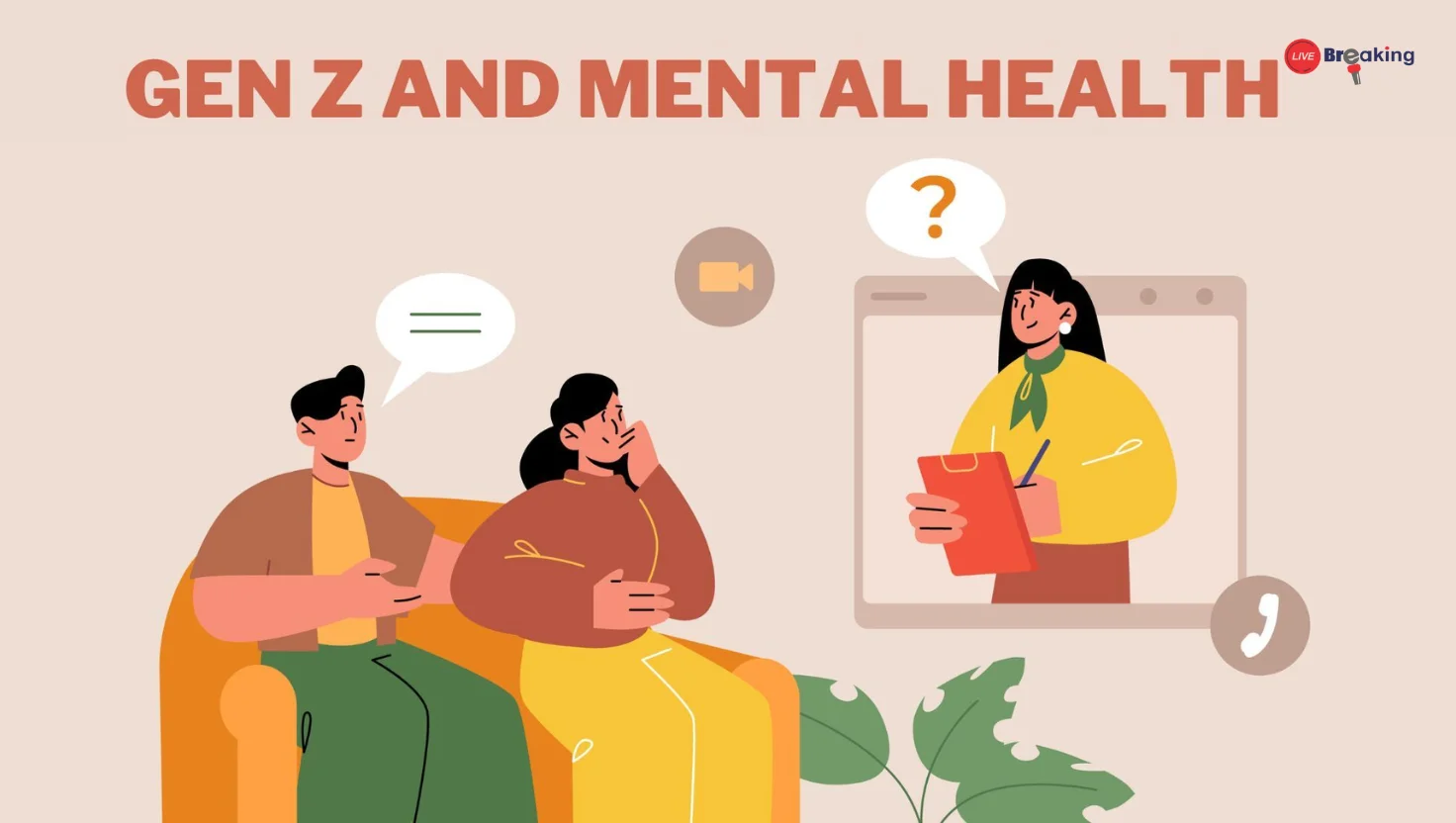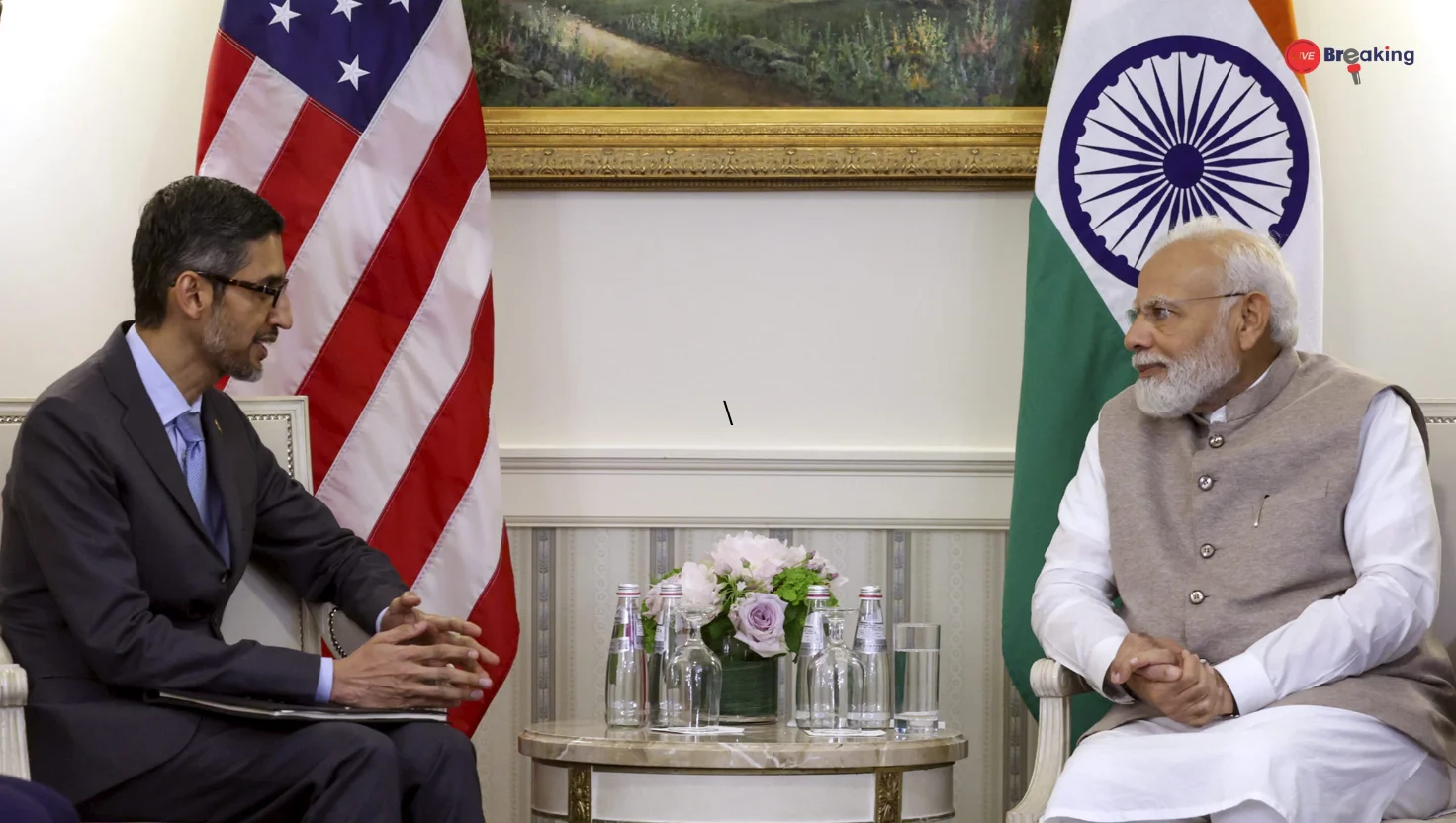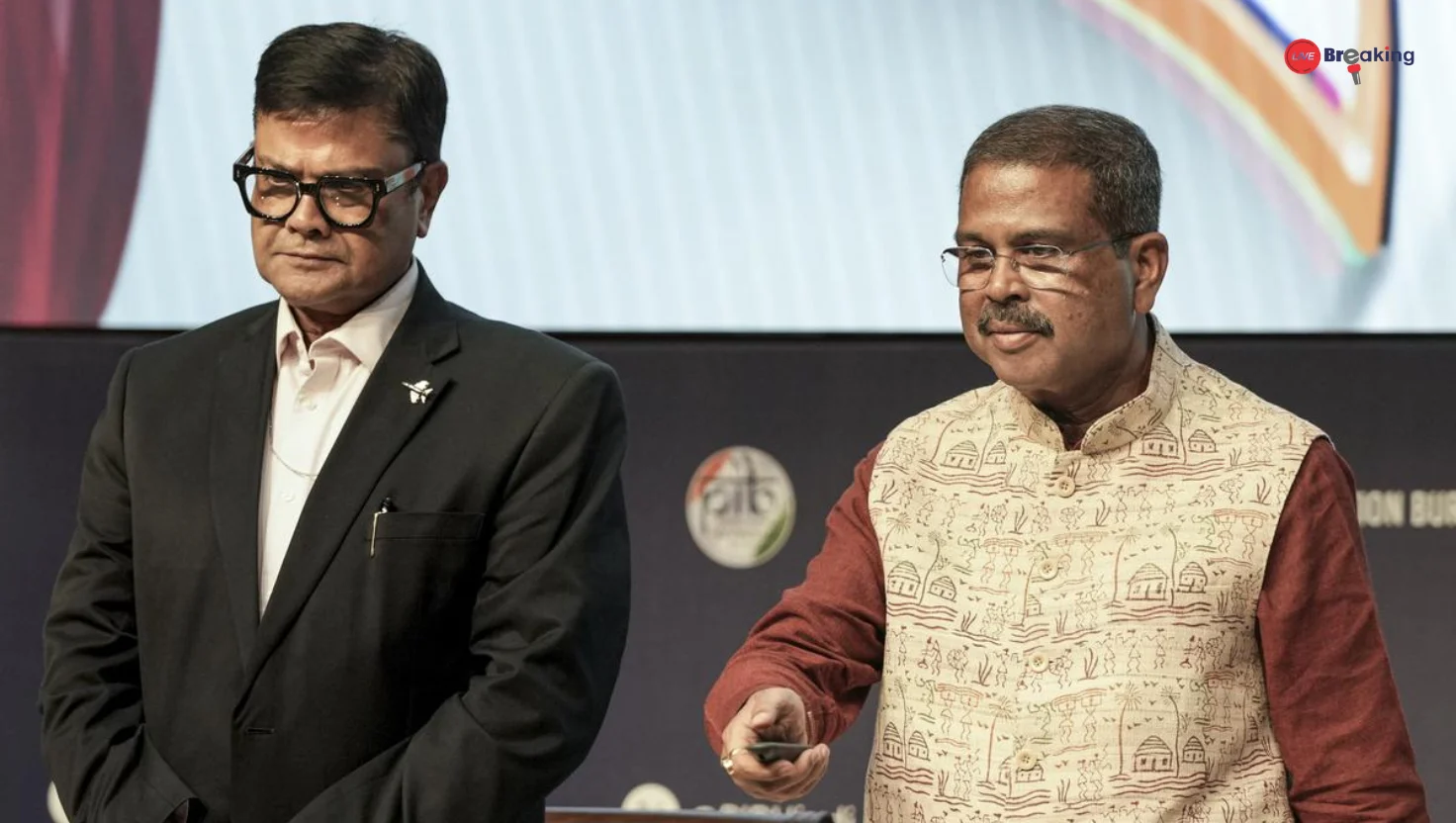Gen Z and Mental Health: Are Gen Z Breaking the Taboo or Just Romanticizing it?
Gen Z and Mental Health: once shrouded in silence and stigma, has become a recurring subject of discussion in the digital age. Gen Z, the generation born roughly between the mid-1990s and early 2010s, has been at the forefront of this transformation. Armed with social media platforms and a willingness to confront taboos, they are redefining the way society talks about mental well-being. Yet, beneath this progress lies a complicated debate: are they truly dismantling stigma, or inadvertently romanticizing mental health struggles?
Breaking the Silence
For decades, conversations around mental health in many societies were muted by cultural taboos, misconceptions, and fear of judgment. Admitting to depression, anxiety, or burnout was often seen as a weakness rather than a legitimate health issue. Gen Z, however, has challenged these perceptions head-on.
Through platforms like Instagram, TikTok, and X, young people have shared personal experiences, offered peer support, and normalized discussions once relegated to private corners. Campaigns led by youth voices often emphasize that seeking therapy is not a sign of weakness but one of strength. The vocabulary of mental health—terms like “self-care,” “therapy,” “anxiety,” and “burnout”—has entered everyday conversations, showing how deeply this shift has penetrated.
A Culture of Openness
Gen Z’s openness has encouraged many to seek help earlier, dismantling barriers faced by older generations. Online support groups, therapy apps, and digital wellness spaces have mushroomed, catering to a demand driven largely by youth. The message is clear: mental health matters as much as physical health.
This visibility has not only empowered individuals but also pushed institutions—schools, workplaces, and even governments—to address mental health needs more seriously. For example, educational institutions are introducing wellness programs and counseling cells in response to rising student demands. The cultural impact of this generational push cannot be overstated.
The Risk of Glamorization
Yet, the same platforms that have amplified awareness have also created room for troubling trends. Some critics argue that the discourse occasionally crosses into glamorization. Viral posts, aestheticized portrayals of sadness, and the commodification of mental health struggles risk trivializing serious issues.
For instance, hashtags and reels portraying depression with moody filters or romanticized captions can blur the line between empathy and glorification. Instead of fostering understanding, these portrayals may unintentionally make mental illness appear as an identity marker or trend. The danger lies in reducing complex conditions to bite-sized, aesthetic expressions without context, potentially misleading vulnerable individuals.
The Role of Social Media
Social media is both the stage and the amplifier of Gen Z’s mental health discourse. On one hand, it allows unprecedented visibility and connection, enabling people to find solidarity and resources. On the other, the algorithm-driven culture thrives on virality, not nuance. Posts that dramatize or oversimplify struggles often get more traction than measured discussions or evidence-based advice.
This has led to a “double-edged sword” effect: while social media can normalize help-seeking behavior, it can also blur the seriousness of mental health conditions, turning them into aesthetic content. Experts worry that this trend risks overshadowing genuine narratives and practical solutions with curated performances of vulnerability.
A Generation Caught Between Two Worlds
It would be simplistic to categorize Gen Z’s approach as either wholly positive or entirely problematic. The reality lies in the balance. This generation has made unprecedented strides in shattering stigma, but it also faces the responsibility of ensuring the conversation remains grounded and constructive.
Read more: Weight Lose Without Leaving Your Desk: Hydration, Movement & More
Part of this responsibility involves distinguishing between sharing experiences for awareness and promoting struggles as an aesthetic lifestyle. The former encourages empathy and help-seeking, while the latter risks perpetuating misconceptions and even discouraging professional intervention.
Moving Toward Constructive Conversations
For the mental health movement to retain its credibility, Gen Z must continue championing openness while also fostering responsibility. This means amplifying expert voices, promoting evidence-based resources, and being cautious about how struggles are represented online. Peer-led advocacy should ideally go hand in hand with professional guidance, ensuring the conversation doesn’t lose depth in the pursuit of relatability.
Moreover, families, educators, and institutions have a role to play in channeling this energy constructively. By creating safe offline spaces for dialogue and integrating mental health into mainstream health education, society can build on the foundation Gen Z has laid.
Conclusion
Gen Z’s role in mental health discourse is undeniably transformative. They have broken down barriers, normalized conversations, and pushed society to take mental well-being seriously. Yet, the risk of glamorization underscores the need for caution.
Read more: Zareen Khan Opens Up on Teenage Struggles: From 100 Kg to Self-Punishing Diets
The true strength of this generational movement will lie in its ability to balance authenticity with responsibility—ensuring that mental health is not just a trending topic but a sustained commitment to compassion, understanding, and real solutions. In doing so, Gen Z can move from simply talking about mental health to genuinely reshaping how society addresses it.















